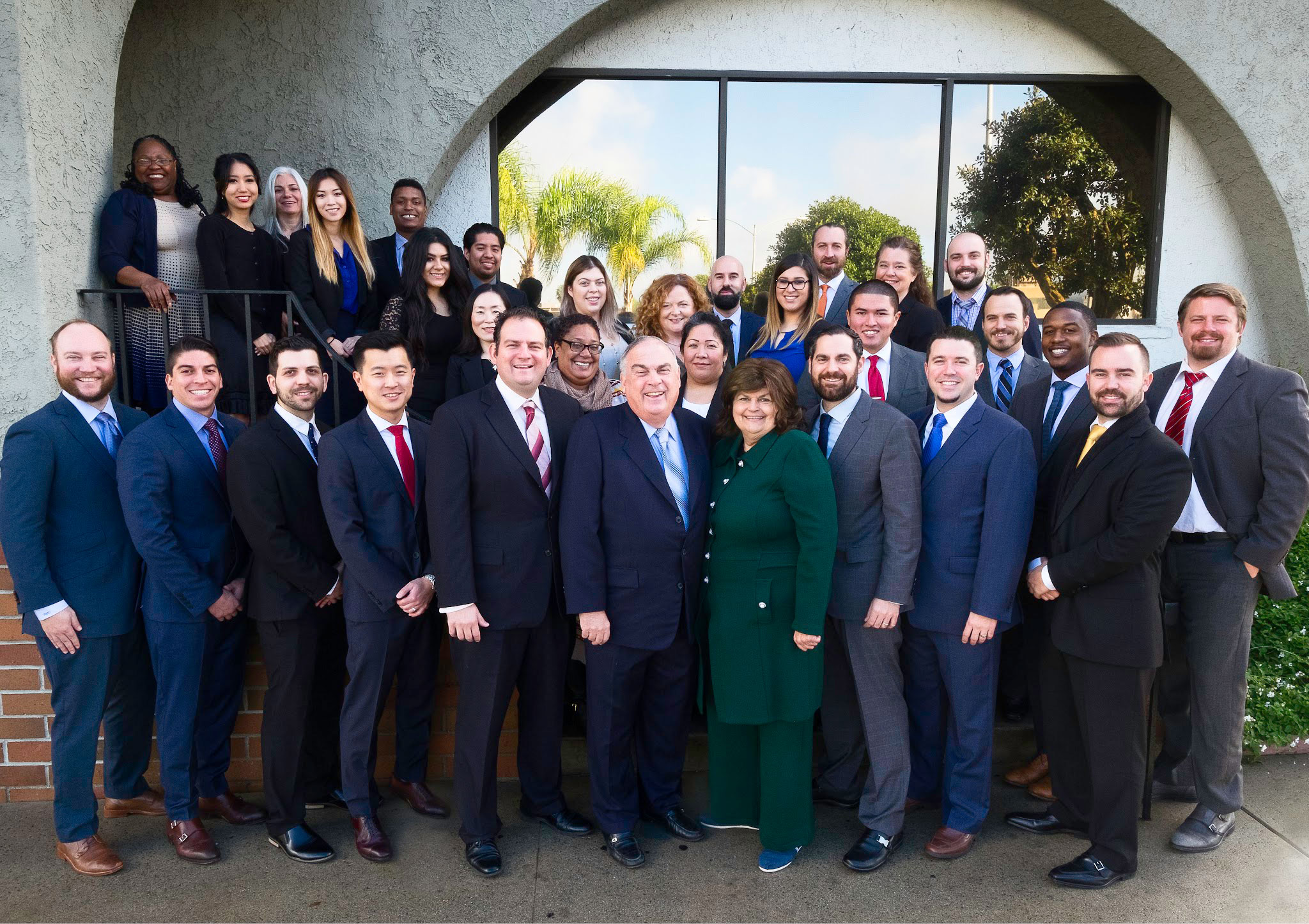Dealing with tax debt can be a daunting and stressful experience. If you owe money to the Internal Revenue Service (IRS), it’s essential to address the issue promptly to avoid escalating penalties and interest charges. Fortunately, the IRS offers several options for taxpayers to settle their tax debt for less than the full amount owed. In this article, we will explore these options and provide you with valuable insights on how to navigate the process successfully.
- Understand Your Tax Debt
The first step in settling your tax debt for less with the IRS is to understand the nature and scope of your debt. Begin by reviewing your tax returns and IRS notices to determine the amount you owe, including any penalties and interest. Once you have a clear picture of your tax debt, you can move forward with confidence.
- Request a Payment Plan
One of the simplest ways to settle your tax debt is by requesting a payment plan, also known as an installment agreement. This option allows you to pay your debt over an extended period, making it more manageable. There are different types of installment agreements:
- Short-Term Payment Plan: If you can pay off your tax debt within 120 days, you may qualify for a short-term payment plan. The IRS typically does not charge a setup fee for this option.
- Long-Term Payment Plan: If you need more time to pay, a long-term payment plan may be the right choice. You can apply for this type of agreement through the IRS Online Payment Agreement tool or by submitting Form 9465. Keep in mind that a setup fee may apply, and the IRS may require financial documentation to assess your eligibility.
- Offer in Compromise (OIC)
An Offer in Compromise (OIC) is an option for individuals who cannot afford to pay their tax debt in full. It allows you to settle your debt for less than the total amount owed, based on your ability to pay. To qualify for an OIC, you must meet specific criteria and provide detailed financial information to the IRS.
Here’s how the OIC process generally works:
- Determine Eligibility: The IRS evaluates your eligibility based on factors such as your income, expenses, assets, and future earning potential. If paying the full amount of your tax debt would cause financial hardship, you may be eligible for an OIC.
- Submit an Application: To apply for an OIC, complete IRS Form 656, Offer in Compromise. You’ll need to include a non-refundable application fee (unless you qualify for a low-income certification), along with all required financial documentation.
- Wait for Review: Once you submit your OIC application, the IRS will review your financial information and assess your ability to pay. This process may take several months.
- Negotiate with the IRS: During the review process, you or your tax professional may have the opportunity to negotiate the terms of the OIC with the IRS. It’s essential to have a clear understanding of your financial situation and be prepared to make a reasonable offer.
- Acceptance or Rejection: The IRS will either accept or reject your OIC proposal. If accepted, you can settle your tax debt for the agreed-upon amount. If rejected, you have the option to appeal the decision.
- Seek Professional Assistance
Navigating the IRS tax debt settlement process can be complex, especially if you’re dealing with a substantial debt or have unique financial circumstances. Hiring a qualified tax professional, such as a tax attorney or enrolled agent, can significantly improve your chances of securing a favorable outcome.
These professionals have the expertise and experience to:
- Assess your eligibility for various IRS programs.
- Prepare and submit necessary forms and documentation.
- Negotiate with the IRS on your behalf.
- Provide guidance on the best course of action based on your financial situation.
While professional assistance may involve additional costs, the potential benefits in terms of reduced debt and minimized stress can be well worth the investment.
- Consider Bankruptcy
In some cases, filing for bankruptcy may be a viable option to address tax debt. However, this should be considered a last resort, as bankruptcy can have long-lasting financial consequences. There are specific rules and criteria for discharging tax debt through bankruptcy, and not all tax debts are eligible. It’s crucial to consult with a bankruptcy attorney to explore this option thoroughly.
- Stay Compliant Moving Forward
Once you’ve successfully settled your tax debt or entered into an agreement with the IRS, it’s essential to stay compliant with your future tax obligations. Failure to file and pay taxes on time can result in new tax debts and jeopardize any existing agreements you have with the IRS. To avoid future tax problems:
- File Your Returns: Make sure to file your tax returns each year, even if you cannot pay the full amount owed. The IRS penalties for not filing are more severe than those for not paying.
- Pay Taxes on Time: If you owe taxes, pay them on time to avoid additional penalties and interest charges.
- Adjust Your Withholding: If you consistently owe taxes at the end of the year, consider adjusting your tax withholding to ensure that enough taxes are withheld from your income throughout the year.
Conclusion
Settling tax debt with the IRS for less than the full amount owed is possible, but it requires careful consideration and adherence to IRS guidelines. Whether you opt for a payment plan, an Offer in Compromise, or seek professional assistance, taking proactive steps to address your tax debt is essential to achieve financial stability and peace of mind.

